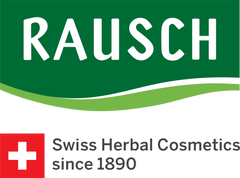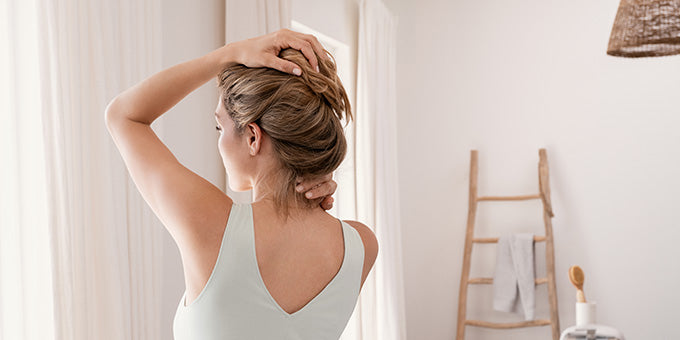Burdock | What's that?

Anyone taking a walk in the countryside is likely to come across burdock (Bardanae Radix) or greater burdock (Arctium lappa) by the wayside, walls and fences. This somewhat ‘clingy’ plant can be found throughout the temperate regions of Eurasia.
Burdock’s unique blossoms have numerous bracts with hook-shaped tips that resemble thorns. In traditional medicine, burdock root is often used to treat a variety of different conditions. The roots are long and spindle-shaped, greyish-brown on the outside and white on the inside.
Burdock is bursting with beneficial powers, containing inulin, fatty acids and tannins, phosphoric acid, rich oil, essential oil, bitter compounds, phytosterols, mucilage and tar. It is often used to treat sores and skin complaints such as psoriasis and cradle cap. It is also thought to help prevent hair loss.
To this day, the healing powers of burdock are used to treat hair loss, dandruff and eczema. Burdock’s antiseptic components, mucilage and essential oils have a regulating effect on the scalp and stimulate blood circulation. The scalp is invigorated and hair growth perceptibly improved.

